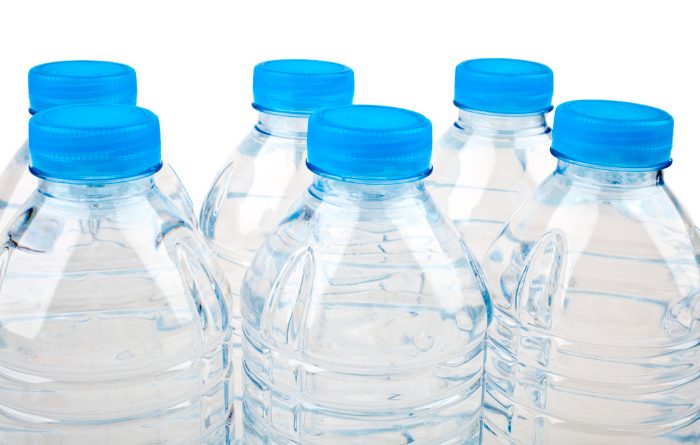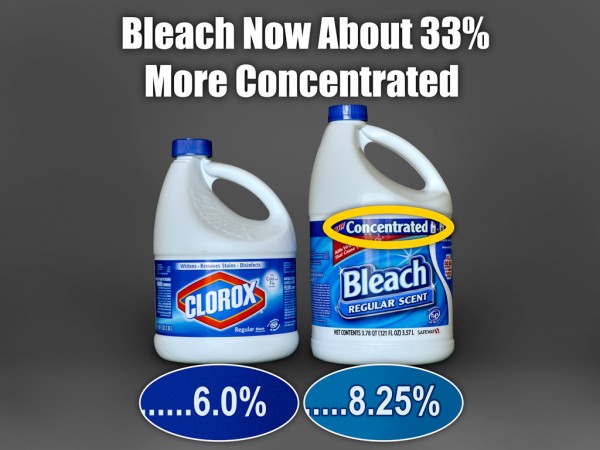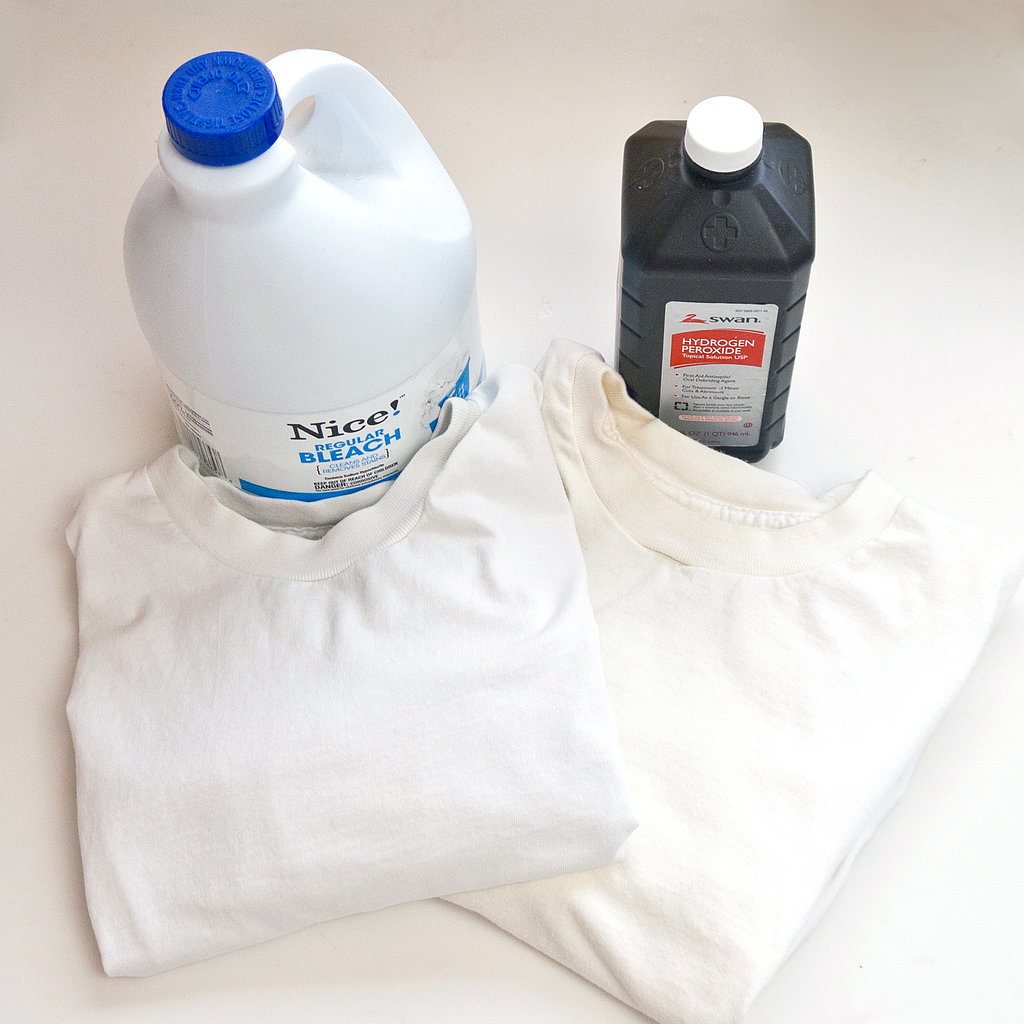Water Preserver Vs Regular Bleach
Yes, it is safe, easy to use, effective and has no contraindications for use as a mild antiseptic mouthrinse.Clorox bleach ( sodium hypochlorite) is one of the most potent antiseptic and disinfective agents against bacteria, fungi, and viruses.Sodium hypochlorite occurs naturally in human white blood cells (neutrophils, monocytes, and macrophages). This is the way your own body’s immune system cells fight off bad bacteria, fungi, and viruses.Sodium hypochlorite does not evoke allergic reactions, is not carcinogenic, is not mutagenic and has a century long safety record.
It has been used since 1732 to treat wounds, is used in hospitals, animal facilities, and in the human drinking water supply for a century.Sodium hypochlorite has been used in dentistry for more than a century. The ADA has designated dilute sodium hypochlorite solution as a “mild antiseptic mouthrinse” and has no contraindications.The dilution of regular Clorox bleach (no scents, perfumes added, and not concentrated) is made by adding a little less than 2 teaspoons of bleach to 1 cup (8ozs) of drinking water. Mix gently and swish a mouthful of the mixture for 30 seconds. Spit out the extra and avoid rinsing with water for 30 minutes. This mouthrinse is used 2 times a week.At this dilution the mouthrinse is cheap, safe, effective, and easy to use. This additional home care technique will help fight gum disease, can reduce tooth sensitivities and alkalizes the mouth.If you have questions or comments please reply to this blog, call me at 760-729-9050, or write to me by email at obdydds@sbcglobal.net.“ Low cost periodontal therapy”, Jorgen Slots, Periodontology 2000, vol.
60, 21012, pp. Hi Tom,Thanks for the reply.I think you are missing the point of the dilute bleach mouthrinse technique. This helpful tip is for killing the gum disease bugs that are the major reason most older patients loss their teeth. The technique allows you to fight the bugs that cause gum disease and cavities easily, safely and cheaply.
The technique is not the whiten teeth. The easy to remove stain on the teeth, if it happens, is not pathology, of little consequence and easily removed with a cleaning.blessings,Rev. Hi Lorain,Thanks for the question. Using this dilute bleach daily is not recommended by the dental researchers that developed the technique to help people. The side effects of this effective dilution only needs to be done twice a week. Staining, resistance to the ingredient, and changing the micro flora of the mouth can be side effects of using this technique to often. Stick with an effective toothpaste and irrigation the other days.
I sterilize my water containers with a 50/50 water bleach mix, shaking them well to ensure every surface area was well treated. Then I rinse them out with tap water, fill them with tap water, and seal them. No bleach, no 'water preserver', and I do not rotate them out. Household bleach is a liquid that contains sodium hypochlorite, which is simply chlorine in its liquid form. Bleach, however, is typically only 5 to 6 percent chlorine. In addition to the chlorine, bleach is mostly composed of water and a very small amount of salt, which is necessary to keep chlorine gas in a liquid state.
No CD and DVD Pack included, Windows 7 Professional Product Key Only. Buy Cheap 100% Genuine Windows 7 Professional Product Key, One Key for One Computer(Can be Reused Multiple Times on the Same PC).; For 1 PC Activate License Key for Permanent, this is not a subscription. How can the answer be improved? Windows 7 pro retail key. This article is the ultimate source of information about Windows 7 serial key or product key. Get you free Windows product key below. You will find updated and genuine Windows 7 key here along with everything you need to know about using these keys to activate your operating system. You can also learn how to activate Windows 7 without serial key and where to find it in your system.
You will be able to find these on this website’s blogs or my new up-coming Holistic Dental Care book.Rev. Dear Richard,Thanks reading the blog and leaving a comment.The dilution ratio was taken from Dr.
Jorgen Slots at USC dental school. He gave this ratio during a dental lecture.It is used only twice a week as a rinse for 30 seconds. Seems to be effective.I have seen research on 0.05% and 0.25% solution concentrations. The 0.1% dilution you are using is in that range but I would not recommend using it more than twice a week. You can always have a dentist with a phase contrast microscope check your bugs.Hope this helps.
If you need more information you might ask a question of Dr Slots at.Blessings,Rev. Hi Rodney,Thanks for taking the time to read the blog and striving to take better care of your teeth and gums.The diluted bleach protocol I mentioned has been approved by the ADA, has been taught in the dental schools for years, and bleach has been used in dentistry for many years. Your own body uses this reaction to fight the bad bugs every day in your body. If your Periodontist does not know the science and safety of this product, then I would go to another Periodontist.
I prefer herbs and essential oils first but use this product when necessary.When he brings up the use of similar products in root canals and their misuse, he is comparing two very different dental services.If you want more information on the use and safety of dilute bleach for gum disease google “sodium hypochlorite, oral rinse, safety, Jurgen Slots DDS, periodontal therapy, or the Periodontology journal. If you have difficulty finding what you want reply back and I can give you the articles to start reading.P.S. I would go to a dentist that can check your bugs with a phase contrast microscope.Blessings,Rev.
Hi Rachel,Thanks for reading the blogs.I do not recommend the bleach protocol for children. It is a treatment for gum disease and kids are not at risk for these bugs until they are older (approx. High school age).The treatment for cavities is first the lollipops (Lolozs) two to four times a year.
This ingredient kills the cavity causing bugs on clean teeth in 5 minutes. Good toothpaste (Closys or Tooth & Gums) immediately after any food or drink, dental cleanings two to four times a year.
Many other helps you can find on my website and my up-coming handbook (2017).Call or write with any questions,Blessings,Rev. Hi Cara,Thanks for taking the time to reply and ask questions.Sorry to hear you are having problems with bad breath.
It is a common problem with adults these days and easy to correct if it is a mouth problem. Remember it can be from the throat, sinuses, GI tract, and some disease complications.The only way to say that you have gum disease currently is to test for the bugs that cause the problem.
I use a free microscope slide and get immediate results and some dentists use expensive DNA tests and get results after a few weeks.If you have gum disease and they are treating you with baking soda it will not kill the bugs in the gum pockets. Oil pulling will not kill the bugs down in the gum disease pockets.
We have known for 70 years that flossing is worthless to kill the gum disease bugs down at the bottom of your periodontal disease pockets. Brushing does not kill the bugs at the bottom of these gum pockets either.There are many things you can use that kill these bugs and keep them away. The dilute bleach rinse 2 times a week can work. There are essential oils (Wintergreen, Thymol, Eucalyptus, etc.), herbs, Dentiva lozenges, Iodine, Colloidal silver, Under the Gums mouthrinse and irrigant, Colsys toothpaste and mouthrinse, and many others.Many people have asked me how to take care of their teeth and gums.
This is the “ Ideal” way to take care of your teeth and gums.Brush immediately after any carbohydrate food or drink. Start with at least 2 minutes of dry brushing all the surface of the teeth so they are free of any plaque. Brush with Tooth and Gums or Closys toothpaste for at least 4 minutes, at a 45 degree angle and in small circles following the gum curve at least 8 times for each and every tooth, front and back sides. Then floss all the teeth and irrigate with water and something to kill the bad bugs (Under the Gums irrigant, Closys, dilute bleach, etc.) all the areas between the teeth both front and back.Twice a week rinse for 30 seconds and spit out the dilute bleach solution as described in this blog.
Use Dentiva lozenges when you are away from the house or can’t brush and irrigate. Optional things to add would be soft pics and tooth picking to clean the teeth surfaces and massage the gums and brushing your tongue periodically.Try this protocol and get retested by the dentist.If this does not control the bad breath then it might be the sinuses or other medical symptoms.Blessings,Rev.
Stephen A.Lawrence. Hi Jill,Thanks for visiting the website’s blog.No, the dilute bleach is not used for yeast infections (thrush) but bacteria. As a natural dentist I would refer patients to a holistic M.


For treatment of yeast. Winkler or a naturopath like Dr. All these practitioners you can find on this website’s link page.
They would treat the whole person with natural products like: aloe vera gels & powders, herbs, GSE, diet suggestions, probiotics, garlic, etc. I would not start with drugs. Hope this helps.
Call or write if you need further help.Rev. Would you recommend an essential oil solution recipe and how to use it? I’m leery about the bleach, as I even use a whole house purifier to remove the chlorine from our water. Is it necessary to use very expensive oils like Young Living, or is there a comparable/reputable company that’s more affordable? I have a temporary bridge involving 6 lower front teeth which fit tightly to the gums with instructions NOT to attempt to clean under them. It will be 3 weeks before the permanent bridge is ready.
So far the gums look great after 11 days, but it never hurts to be extra cautious. Hi Maria,Thanks for taking the time to read our blog.I recommend Tooth & Gums Irrigant for the irrigator. The second best options are; the Tooth & Gums Tonic, Closys mouthrinse or Grapefruit seed extract (2 drops in the water) if you don’t have mercury fillings. The essential oils work with 2-3 drops in the water but are more expensive.
I use the bleach for patients that will not irrigate.I am surprised the dentist did not recommend Closys rinse around the temporary dental work. Many dentists use this with great results.Good luck on the permanent bridge.Rev.
Hi Rachel,Thanks for the email questions. Unfortunately your comments and questions stop without asking the subject of your email.Gums recede for a variety of reasons some we have control over (bad bugs, inflammation, trauma) others we can’t stop (like aging or crowded teeth, bad bite).
I have not found oil pulling effective for my patients. My patients kill the bad bugs (toothpaste, irrigation, mouthrinses) and get good nutrition (to fight chronic inflammation and oxidative stress). Root canalled teeth, mercury fillings and crowns can be harmful to the gums also.There are numerous blog subjects on this website and in my up-coming dental handbook to help you achieve and maintain optimal health and vitality with a beautiful smile.I look forward to helping you in the future with questions and concerns.Blessings,Rev. Hi Sandra,I am glad to see you are willing to try the dilute bleach protocol. They are teaching it to all the students at the USC Dental school and have for years.If you have the 6% bleach solution than the ratio for a water pik system is: 2 teaspoons of bleach to 1/2 cup of water. If all you can find is the concentrated bleach solution than I would use: 1 teaspoon to 2/3 cup of water.Have the bugs checked to see if it is working by a dentist with a microscope and good luck.Rev. Hi Fernando,Thanks for the question.The dilute bleach mouthrinse is a very powerful way to fight the bugs that cause gum disease.I would do it whenever the bad bugs are in your mouth.
Start with 4-6 weeks, using it 2 times a week, and than have a dentist check for the bad bugs with a phase-contrast microscope. This microscope shows you immediately if there are bad bugs present and how many there are. The other good habits for fighting gum disease are an effective toothpaste, professional cleanings at the dentist, and a healthy diet.Blessings,Rev. Hi Toria,Thanks for the great question.Its a great time to be in dentistry because we now have so many things to help people care for their teeth and gums at home without the dentist. I can give you a short version but more information can be found on this website’s blogs or my up-coming book.First of all diet is the most important factor in your dental health. With a clean, natural, alkaline, raw diet you can have no cavities or gum disease. Second most important habit for healthy gums and pocket reduction is a water picking habit with some thing in the water to kill the bud bugs.
Third is an effective toothpaste as mentioned many times on the website. Fourthly, a great hygienists customizing your care to your needs.The extras that can be used are this dilute bleach mouthrinse, tooth picking gum massage, essential oils and herbs, and dentiva lozenges. All these are in prior blogs on the website. The best summary can be found in the “Great Teeth & Gums” blogs or my up-coming dental health care book.If a dentist is still using gum surgery to cut your gums he/she is 40 years out of date. Our dental school dropped pocket reduction surgery from its program 40 years ago. Their are many non-surgical options available today.Hope this helps and happy learning about taking care of your self.Blessings,Rev.

I had deep cleaning last year, after years of neglecting my teeth and had 4 teeth pulled. I grow placque like crazy but have been diligent since my 9 hour procedure. I have had my teeth cleaned 3 times since then but today when I went in, they said I had some bleeding. She used a laser (easy) and the mouthwash with bleach. She told me to make it at home, 1 teaspoon bleach to a quart of water.
Water Preserver Vs Regular Bleach Paint
I’m supposed to use it once a day plus brush with CTx4 Gel 5000. If that doesn’t work, she said a DNA test might be needed to find out exactly what kind of bacteria we are dealing with. The once a day rinse is a lot more than your twice a week method. Hi Tina,Thanks for reading the blog. I don’t see a question in your reply.If you are asking me about the use of the dilute bleach solution your dentist is recommending; then the dilution ratio the dentist is telling you to use is more dilute than I have seen in the literature. Therefore I don’t know if it will work or not. The dilution I recommend is 1 teaspoon of 8.25% bleach in 2/3 water.
Water Preserver Vs Regular Bleach Products
I only have the patient use this for 30 seconds and only twice a week.The bleeding in your gums can be from gum disease bugs, low vitamin C, or other chronic inflammation causes.I am a holistic dentist therefore I would get rid of the bad bugs with essential oils and herbs (Dentiva lozenges, T&G toothpaste and irrigant, Vitamin C, CoQ10, etc). I do not use poisons such as the CTx4 5000 toothpaste you mentioned. You can control bad bugs with your diet also.Most of this information will be in my up-coming book or elsewhere on this website.A dentist needs a phase contrast microscope or microbiological testing to know if the bad bugs are present and when they are gone. Health gums usually comes down to.